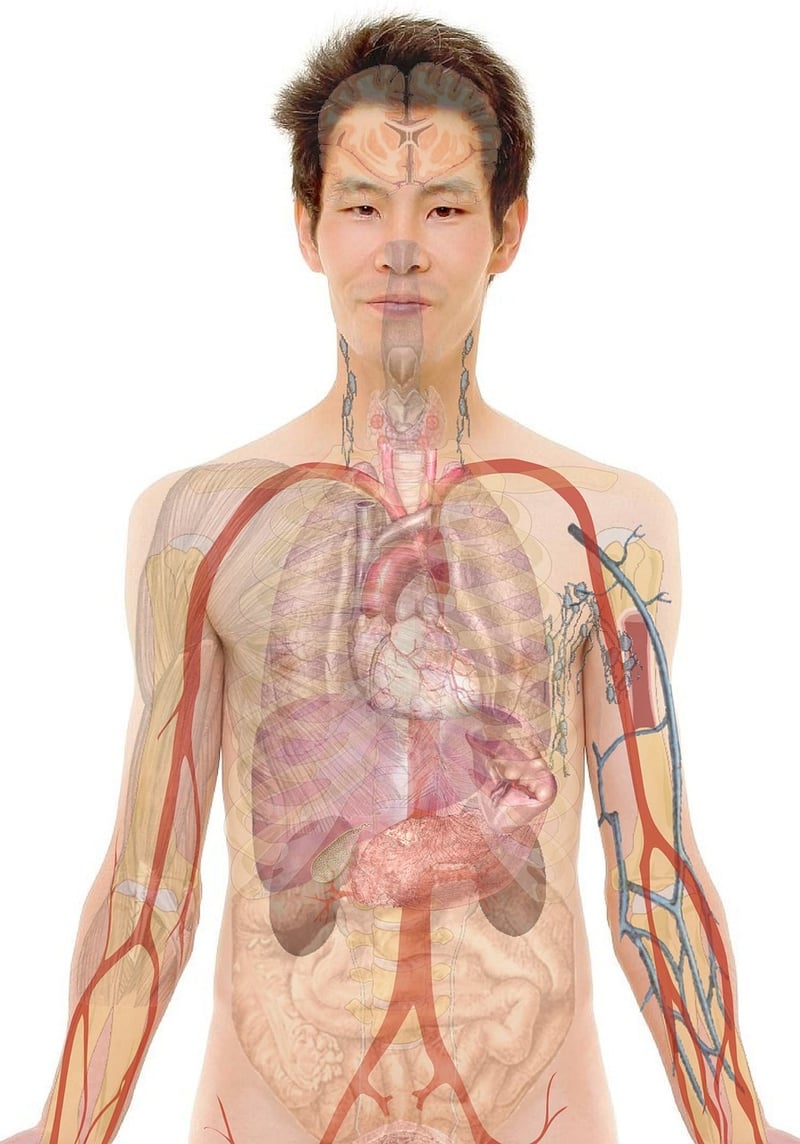Plant Anatomy Studies
Detailed Plant Representations and Plant Anatomy Studies
Plants have always fascinated humanity with their beauty, diversity, and vital role in our ecosystem. Understanding plants' anatomy is crucial for various fields such as botany, agriculture, horticulture, and environmental science. In this article, we delve into the world of detailed plant representations and the importance of plant anatomy studies.
Exploring Plant Anatomy
Plant anatomy is the study of the internal structure of plants at a microscopic level. It involves examining the cells, tissues, and organs that make up a plant. By understanding plant anatomy, scientists can unravel the mechanisms behind plant growth, development, and adaptation to their environment.
Key Components of Plant Anatomy
Plant anatomy encompasses several key components:
- Roots: Responsible for anchoring the plant and absorbing water and nutrients from the soil.
- Stems: Support the plant structure and transport water, nutrients, and sugars throughout the plant.
- Leaves: Sites of photosynthesis, where plants convert sunlight into energy.
- Flowers: Reproductive structures that produce seeds and fruits.
- Cells and Tissues: The building blocks of plant structure and function.
The Importance of Plant Anatomy Studies
Studying plant anatomy is essential for various reasons:
- Plant Classification: Understanding plant anatomy is crucial for identifying and classifying different plant species based on their unique characteristics.
- Plant Health: By studying plant anatomy, scientists can diagnose diseases, nutrient deficiencies, and other issues affecting plant health.
- Plant Breeding: Knowledge of plant anatomy is vital for developing new plant varieties with desirable traits through selective breeding.
- Environmental Conservation: Understanding how plants function at a cellular level is key to conserving biodiversity and protecting natural habitats.
Detailed Plant Representations
Visual representations play a crucial role in studying plant anatomy. Detailed illustrations, diagrams, and digital models provide a clear understanding of plant structures and functions. These representations are used in textbooks, research papers, and educational materials to enhance learning and communication in the field of botany.
Exploring Plant Anatomy Through Visuals
Visual representations of plant anatomy showcase the intricate details of roots, stems, leaves, flowers, and cells. High-quality images and diagrams help researchers, students, and plant enthusiasts explore the inner workings of plants with precision and clarity.

By combining detailed plant representations with in-depth plant anatomy studies, scientists and enthusiasts can unlock the mysteries of the plant world and appreciate the beauty and complexity of nature's green wonders.
Whether you are a botany student, a plant lover, or a curious observer of the natural world, exploring plant anatomy through detailed representations offers a fascinating journey into the heart of plant life.
